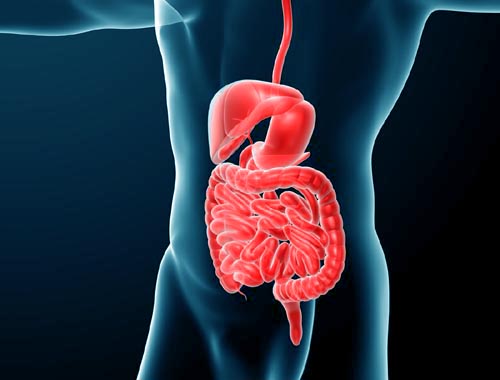DDxHub Differential Diagnosis Hub lab
 Published: 16 Apr 2024
Published: 16 Apr 2024
Lipoprotein Panel (Lipid Profile)
The lipoprotein panel, also known as the lipid panel, assesses the levels of various fats (lipids) in your blood. These fats include:
* Low-density lipoprotein (LDL), known as "bad" cholesterol, which can build up in arteries and increase your risk of heart disease.
* High-density lipoprotein (HDL), known as "good" cholesterol, which helps remove LDL cholesterol from arteries and reduce your risk of heart disease.
* Triglycerides, another type of fat found in your blood.
Normal Ranges for Lipid Profile:
| Measurement | Normal Range |
|---|---|
| Total Cholesterol | < 200 mg/dL |
| LDL Cholesterol | < 100 mg/dL |
| HDL Cholesterol | > 40 mg/dL |
| Triglycerides | < 150 mg/dL |
Interpreting Your Results:
* High LDL cholesterol: Levels above 100 mg/dL increase your risk of heart disease.
* Low HDL cholesterol: Levels below 40 mg/dL increase your risk of heart disease.
* High triglycerides: Levels above 150 mg/dL can also increase your risk of heart disease.
Importance of HDL Cholesterol:
HDL cholesterol helps protect against heart disease by transporting LDL cholesterol away from arteries. Higher levels of HDL cholesterol are associated with a lower risk of heart disease.
Importance of Regular Blood Testing:
Regular blood testing is important to detect changes in your lipid levels and monitor your risk of heart disease. Consulting with your physician is crucial to interpret your results accurately and make necessary lifestyle changes to improve your health.
 Published: 16 Apr 2024
Published: 16 Apr 2024